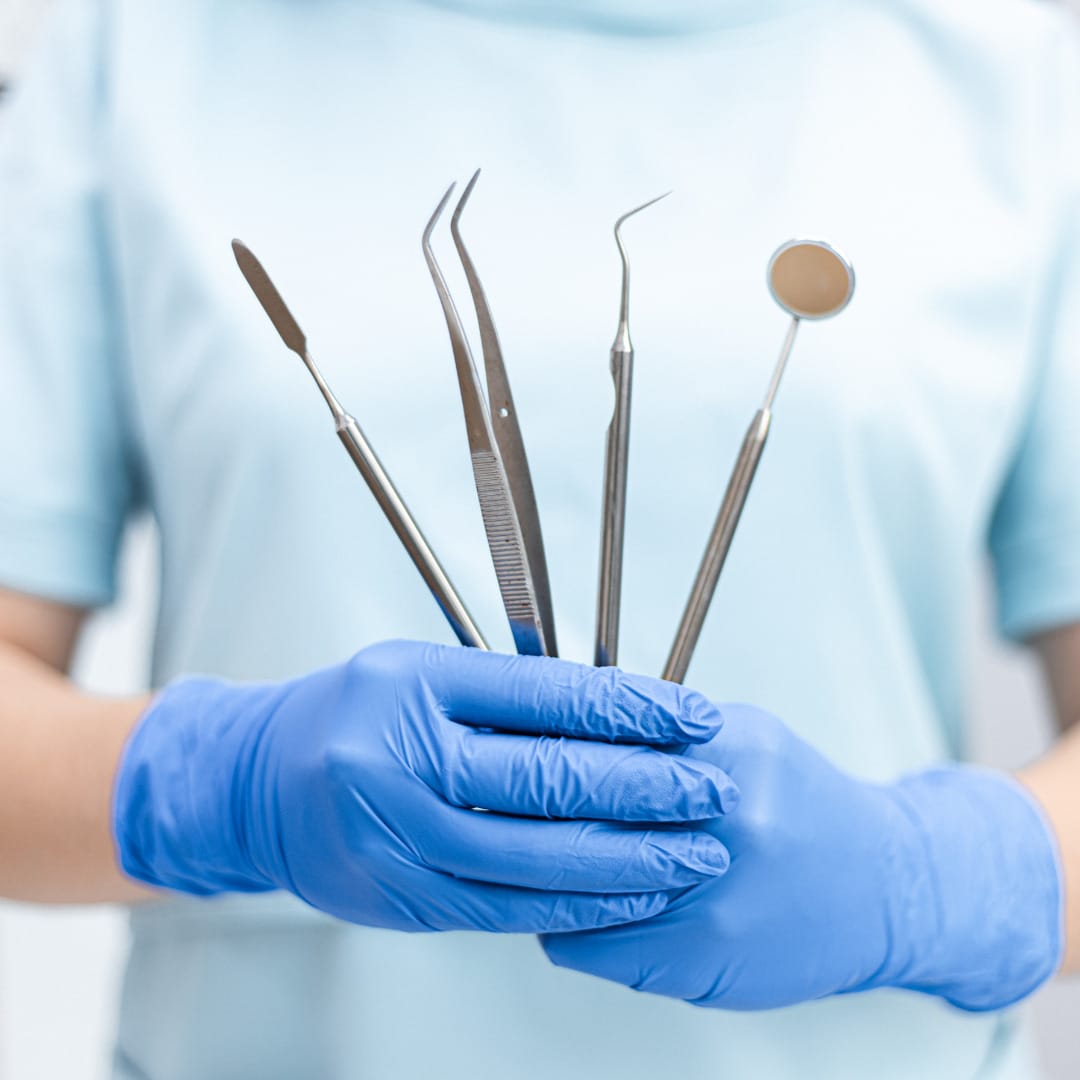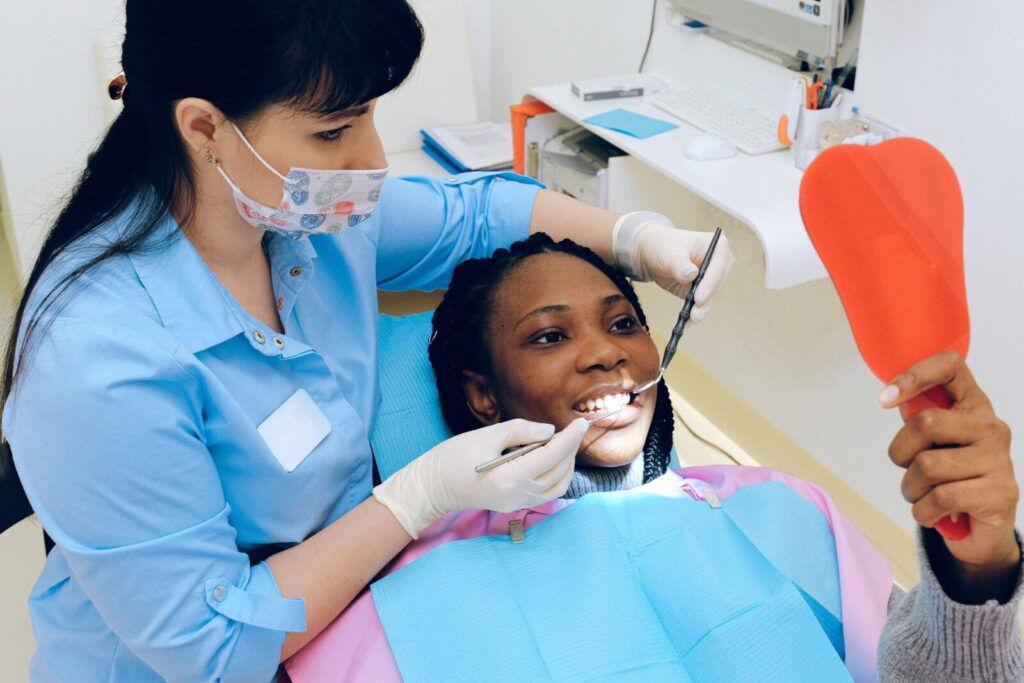
Barton Associates understands the impact women have in the field of medicine. Today, we’re combining Women’s History Month with National Dentist’s Week by focusing on historical women that have influenced the dental industry.
According to the ADA (American Dental Association), “between 2010 and 2020, the percentage of female dentists in the workforce increased from 24 percent to 35 percent.” But, who were the first women to break the mold?
Lucy Hobbs Taylor (1833-1910)
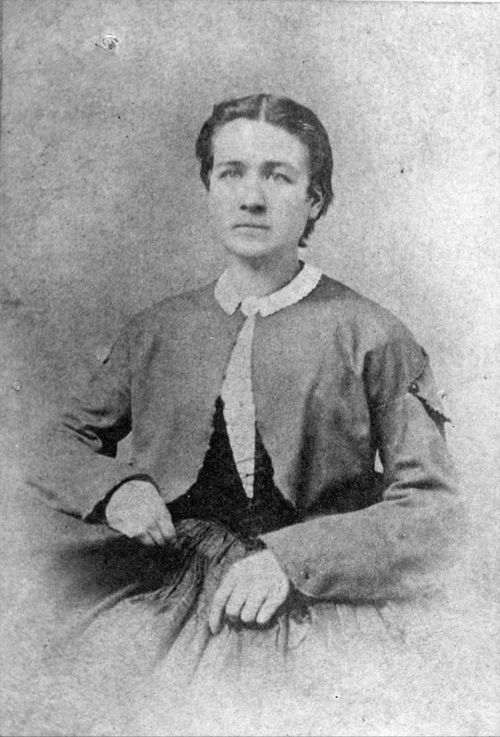
Dr. Taylor helped clear a path in dentistry for women, becoming the first female to earn a degree in the field in 1866. For the first ten years of her professional life, Taylor was a schoolteacher. However, she began studying medicine while teaching in Brooklyn, Michigan, prompting her to move to Cincinnati, Ohio in pursuit of an education in medicine.
Taylor though, because of her gender, was denied admittance to both the Eclectic College of Medicine and Ohio College of Dental Surgery. In response, she opened her own practice without a degree.
In 1865, after earning respect and profits for three years at her own office in Iowa, Taylor became a member of the Iowa State Dental Society and was sent to Chicago as a delegate for the ADA convention. Later that year, she was finally accepted into the Ohio College of Dental Surgery, completing her degree after one year and becoming the first woman to receive a doctorate in dentistry.
Dr. Grace Rogers Spalding (1881-1953):
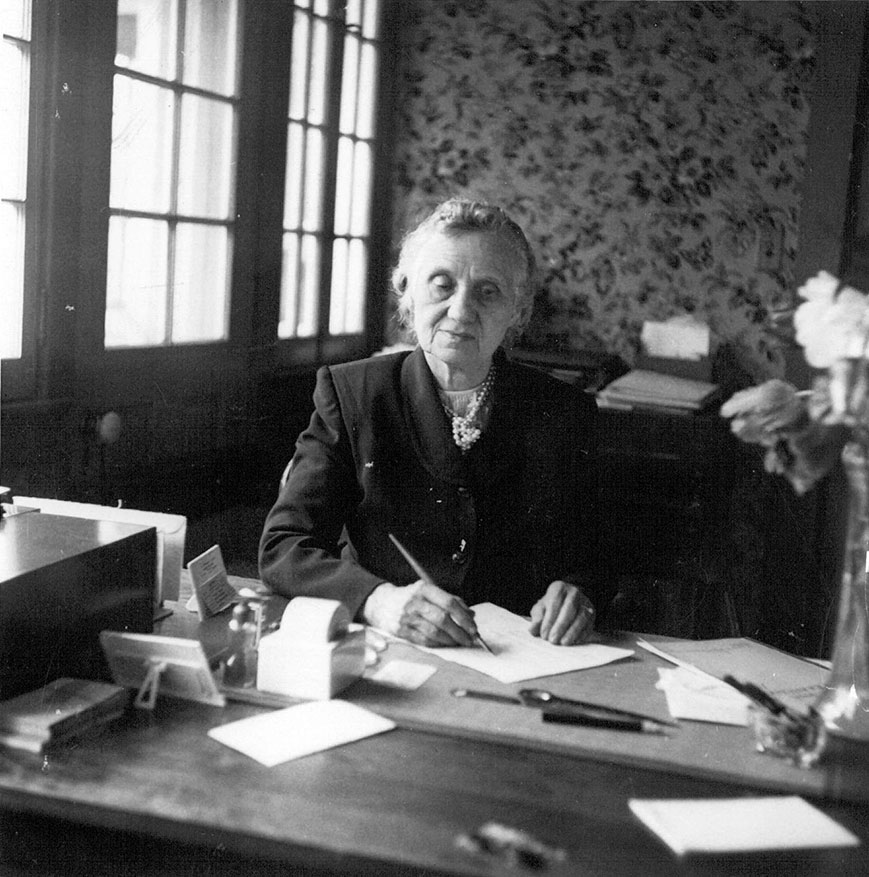
Dr. Spalding was an authority in the field of periodontology. Graduating from the University of Michigan School of Dentistry in 1904, Spalding quickly connected with her soon to be husband, Dr. Edward Spalding. Together, they grew preventative dentistry. Their work caught the attention of Dr. Gillette Hayden, and in circa 1914, the three of them founded the American Academy of Periodontology.
Spalding was among the first to preach supporting gum and tooth structures as a means for maintenance, instead of just waiting to mend damages with fillings, crowns, and dentures.
She served as a secretary, president, and fellow for the academy, and used her influence as Editor for the Journal of Periodontology to improve local dental health for decades.
Dr. Irene Newman (1875-1958):
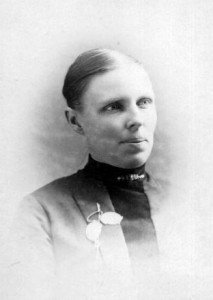
Dr. Newman is most well-known as a pioneer in dental hygiene. Starting in 1906, Newman worked alongside Dr. Alfred Fones in Bridgeport, CT. Believe it or not, routine dental check-ups and cleanings were not accepted prior to this duo. Fones began practicing in 1890. The same year, causes of tooth decay were discovered. Before this, dentists were just there to remove or repair damaged teeth.
After the discovery, Fones had an epiphany. While other dentists were slow to accept and adapt, Fones found a solution in the form of Newman. With training from her boss and cousin on how to clean teeth, Newman became the world’s first dental hygienist in 1907.
After years of success and recognition, the two formed the Fones School of Dental Hygiene in 1913. The following year, Newman received a diploma from this school, and in 1917, received the world’s first dental hygienist license from the state of Connecticut. She also served as president for the Connecticut Dental Hygienists Association.
“I didn’t think a thing of it. The work was there to do, and I did it,” said Newman in 1950 on her contributions to the field , according to the Bridgeport History Center.
Dr. Esther Wilkins (1916-2016):
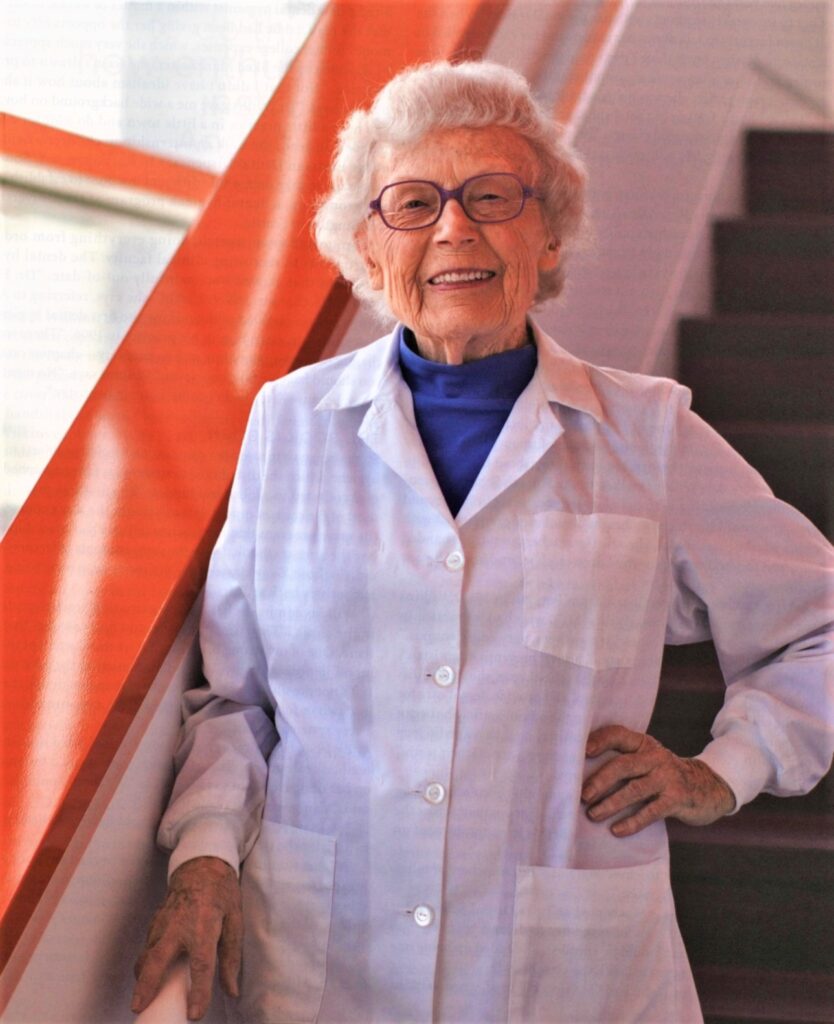
Dr. Wilkins was a leader in the field of dental hygiene education, furthering the evolution of dental hygiene as brought on by Fones and Newman. She matriculated at Simmons College for science in 1938 before earning a certification from the Forsyth School for Dental Hygienists the next year. In 1948, she was accepted into Tufts University School of Dental Medicine as one of just two women in the class.
Not long after graduating, she helped establish the dental hygiene program at the University of Washington and wrote the first textbook on dental hygiene, which is still used to this day.
In 1964, Wilkins returned to Tufts where she taught for 45 years, and became an emeritus professor in 2011. In her teachings, she preached the importance of educating patients on preventative measures to ensure tooth and gum health.
Dr. “Bessie” Delany (1891-1995):
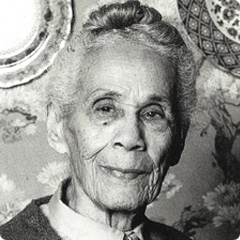
Dr. Ann Elizabeth Delany, better known as “Dr. Bessie,” was the second ever black woman to become a licensed dentist in the state of New York. After being born to a slave and growing up in Jim Crow-era North Carolina, her and her sister migrated north during the first world war. She received her doctorate of dental surgery in 1923 from Columbia School of Dental and Oral Surgery as one of just eleven women, and the only black woman in the class.
Delany went on to practice in Harlem for 27 years, never adjusting her rates, and treating each patient with equivalent decency. She would even give free dental examinations to children, or those who could not pay during the depression. In 1994, Columbia’s School of Dental and Oral Surgery awarded her the Distinguished Alumna Award for “her pioneering work as a minority woman in dentistry.” In addition, each year The National Dentist Association Foundation awards a post-doctorate African American female student in the field of dentistry with the Bessie Delany Dental scholarship of $10,000.
Her and her sister’s story can be read in the book “Having Our Say: The Delany Sisters’ First 100 Years”. The book was published in 1993 and was a New York Times best seller for two years. It was also released as a feature film in 1999.

